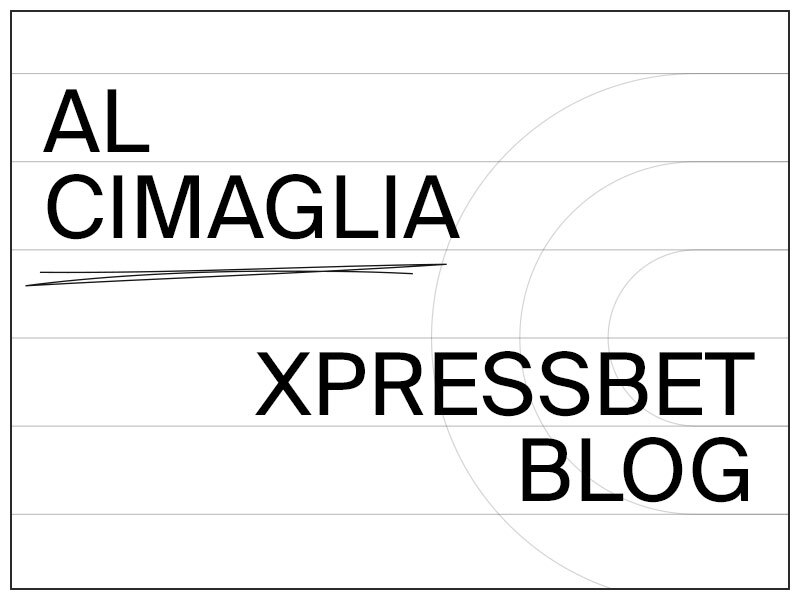by Al Cimaglia
April 19, 2018

There needs to be more uniformity at race tracks in North America. My suggestions could help the public shed a negative imagine of harness racing, grow the handle and make watching races a better experience. Here are five changes which possibly could happen rather quickly.
1. Make a fair start pole mandatory at all harness tracks.
After speaking with USTA Director Jim Miller a few weeks ago he mentioned Hawthorne will have a fair start pole ready for their upcoming meet. This seems like an obvious must have for every track. There's nothing worse than holding a ticket on a horse who is galloping way behind the gate car. Most of the complaints that the driver made the horse break stride would subside if bettors were issued a refund. It would promote good will and most of refunded money would be bet back on subsequent races. The handle wouldn't suffer, and gamblers would need to find another reason why money was lost.
2. Clearly publicize interactions between judges, drivers and trainers in the program.
Currently if you look hard enough on the USTA website and certain race track sites you will find a list of fines and suspensions. Many people have no clue where to look and most never venture onto the USTA site. So why not provide the current fines and suspensions in the track program?
On the Chicago circuit there is a section in the program called the claiming box which shows recent claims. Maybe there could be a section added called the penalty box which would show driver-trainer fines and suspensions. As important as showing fines and suspensions would be to post when a driver or trainer was brought in to meet with the judges about their conduct in a certain race. The public should know how often a driver and trainer is questioned, even though it may not lead to a fine or suspension. Posting the date and race in question will bring about more transparency, and that's best.
If somehow this type of interaction could be more prominently displayed it would help restore confidence in the betting public. Currently the public is left in the dark for the most part and it is logical for them to feel out of the loop. It's important for those who wager to know someone is always protecting their interest.
3. All harness tracks should announce equipment changes, claims entered and driver choices.
It seems many tracks announce claims entered but all should do so before the race begins. Some tracks announce equipment changes, most do not. Sometimes race tracks will list driver choices in the program but many do not. It would help if all tracks followed the same protocol when disseminating information.
Every race track should be compelled to give the betting public as much information as possible. There is no doubt announcing equipment changes, claims and posting driver's choices should be mandatory.
4. Don't schedule the same number of races every night unless there are enough entries to ensure full fields.
Tracks that go for large cards but can't get full fields in many of the races are missing the pitch. It's especially bad when the Pick 4 and Pick 5 sequence have short fields. Many players will pass on horizontal wagers at harness tracks when some of the legs have short fields because the payouts aren't as large. For example, instead of having 14 races every night, why not cut-back on a couple of days? Possibly losing the handle on a few races could be offset by getting more betting interest due to having full fields on the rest of the card. Sacrificing a few races may be best in the long run and keep players coming back.
5. Enhance the video quality for all races.
Most people are watching races at an off-track betting facility on a moniter or at home on a computer screen. If they are at a betting parlor or at the race track often the sound quality isn't great as multiple races are being televised. So, it's important to be able to distinguish saddle pad colors or the driver's colors. Many times, colors appear faded. For example, the #1 and #7 may look the same or #3 and #7, or the #8 may look like the #3. When that happens, it makes for a poor viewing experience. To get excited about the product people must be able to clearly watch a race to experience the thrills.
Check me out on Twitter, @AlCimaglia.